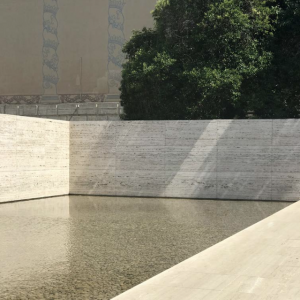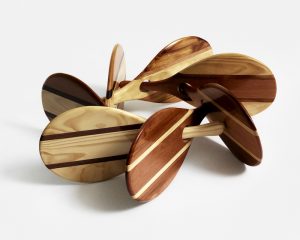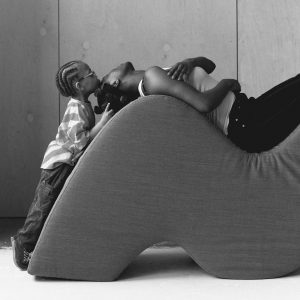Hermès’ paean to the sun
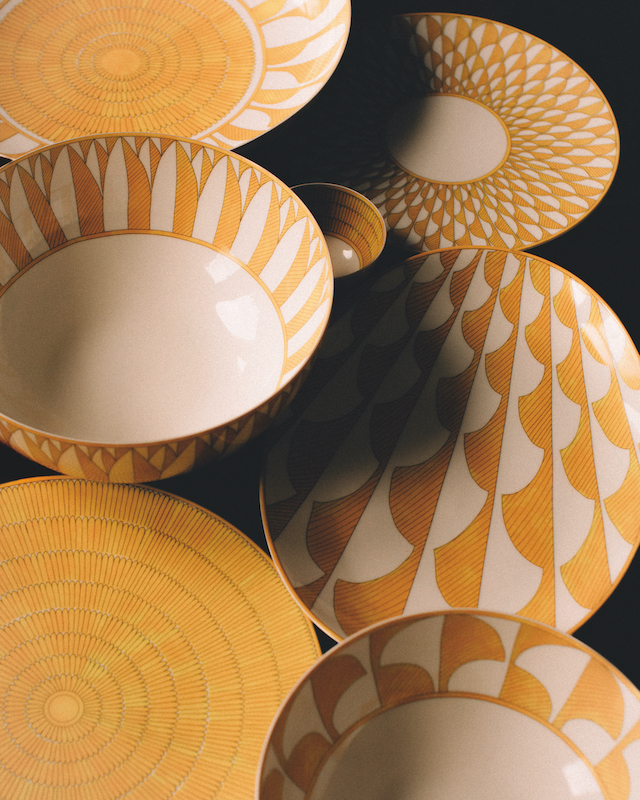
In ancient Greece, Helios and his crown of rays illuminated Earth each day, drawn on a golden chariot from east to west by his ‘fire-darting steeds’. The occasional disappearance, or eclipse of the solar deity, was believed to be an ominous omen, a foreboding act of abandonment. Halfway through the 5th century, the natural philosopher Anaxagoras proffered a seismic counter theory: that the moon was responsible for blocking the light, and the sun was in fact a giant incandescent stone. This half-correct explanation earned him the charge of asebeia – desecration and mockery of the gods – and rather than serve his death sentence, spent his remaining years in exile. Over his grave in Lampsacus were inscribed the words: ‘Here Anaxagoras, who in his quest of truth scaled heaven itself, is laid to rest’.
Our understanding of celestial bodies owes a debt to this early work and has deepened considerably since. We now know that the sun is a writhing mass of plasma about halfway through its life. That it takes eight minutes for its light to reach us; its core is 15 million degrees Celsius and one day, that it will consume the Earth. Until then (a few billion years from now), we can continue to delight in its glory, a task recently realised through Soleil d’Hermès. The 24-piece tableware set from the French house matches white porcelain with a radiant yellow, its graphic art-deco motifs – courtesy of French illustrator Arielle de Brichambaut – evoking kaleidoscopic palm trees and summertime. Having previously worked with Hermès, collaborating with Benoît Pierre Emery, creative director of Hermès tableware, on the brilliantly red Balcons du Guadalquivir and Ming dynasty inspired Bleus d’Ailleurs sets, the collection completes an unofficial primary colour trilogy. Visiting museums and exchanging references of Napoleonic antiques to Italian church floors, the design was initially spurred by the Mediterranean sun and the impact its quality of light had on the palette of painters such as Vincent Van Gogh and Henri Matisse.
“With the sun’s glare, artists take their observations further,” notes Emery. “They study the light’s changes, colours, motions and its synergy with shadows. Geometry is so strong in Arielle’s work and we wanted to play with that duality through the delicate black outlines, adding a daub of orange to warm the yellow. This lends a nice vibration – I like it best when colour is not completely still and there is some life to it. For me, the set’s yellow has an intense and immediate strength, a precious energy, optimism and vitality. It recalls summer holidays in the south and the joy at last of being with family and friends.”
Photography Paul Phung
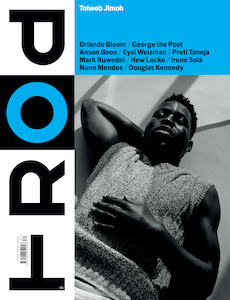
This article is taken from Port issue 30. To continue reading, buy the issue or subscribe here
